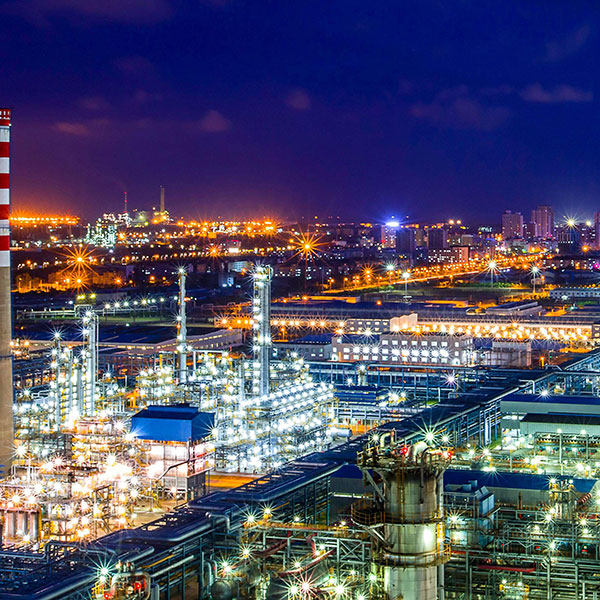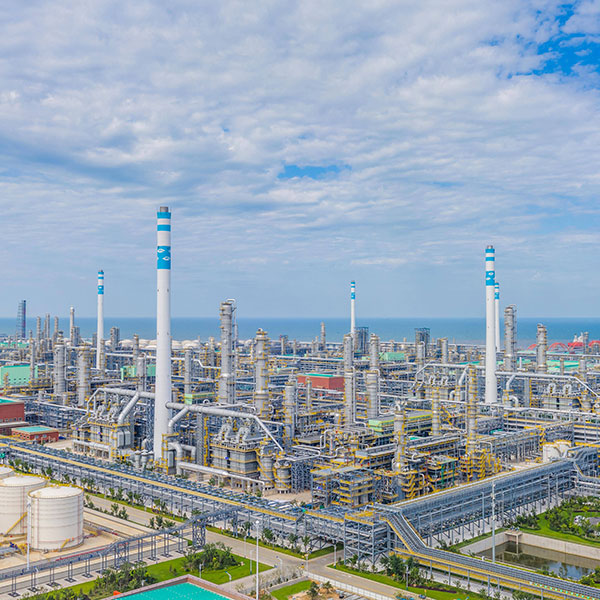
Formic acid is a reductive carboxylic acid with one carbon
Formic acid is an organic substance with a chemical formula of HCOOH and a molecular weight of 46.03. It is the simplest carboxylic acid. Colorless liquid with pungent odor. Weak electrolyte, very acidic.

About Us
providing services to more than 500 customers from more than 40 countries.

Services
can supply formic acid with conventional content such as 85%, 90%, 94%, 99%, etc.

FAQs
Quality first, rapid response, good quality and best price

Formic acid Properties
Formic aicd is the simplest member of the carboxylic acid family. It’s also known as methanoic acid. The chemical’s molecular formula is HCOOH. The molecule is composed of a carboxyl group (COOH) with a hydrogen atom attached.
Product Supplier
global supplier of marketplace provides you with quality Product suitable for your market solution. understand information on Product including specifications, manufacturing process, applications, and technical data sheets.


Formic acid Uses
Formic acid is a basic organic chemical raw material widely used in pesticide, leather, dye, medicine and rubber industries. Formic acid can be directly used in fabric processing, leather tanning, textile printing and dyeing and green feed storage, and can also be used as metal surface treatment agent, rubber auxiliary agent and industrial solvent. In organic synthesis, it is used to synthesize various formic acid esters, acridine dyes and formamide series pharmaceutical intermediates.
Formic Acid
Is an irritating chemical present in the sprayed venom of some ant species and in the secretion released from some stinging nettles. It’s dangerous at high concentrations, but at low concentrations it’s very useful. Humans use as a food preservative, since it’s an antibacterial substance. It’s also used to kill pests, to produce food and cosmetic additives, and to help a variety of industrial processes to occur.


